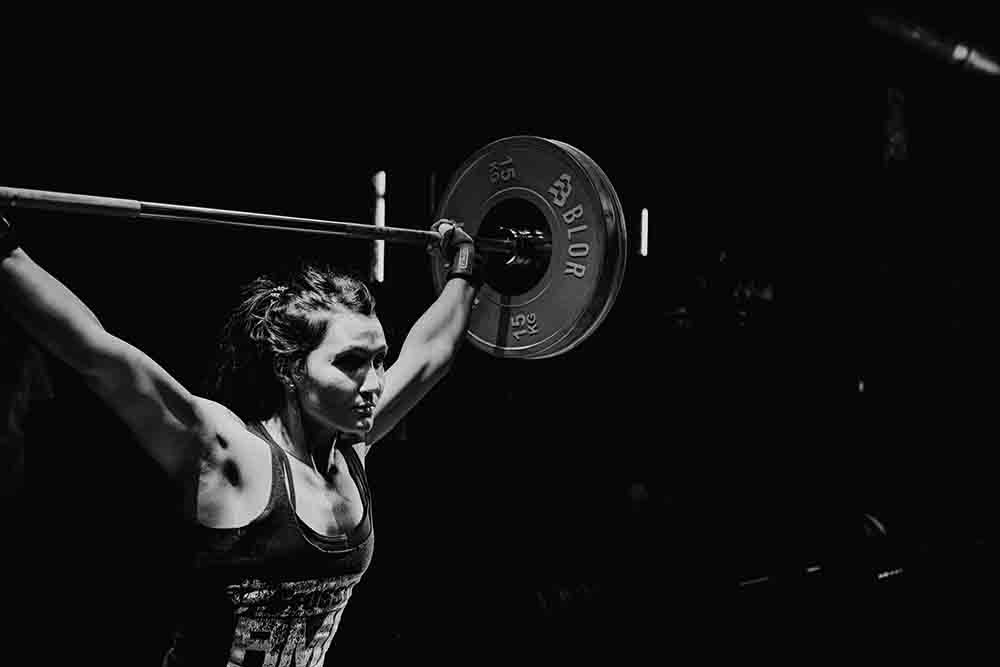Our performance in competition it depends on many factors, both contingent and related to the preparation that brought us to the event.
It is a work of meticulous construction, which is done by observing, analyzing, studying and programming.
Only then comes the hard work in the gym. But to become really good athletes we almost have to wear the scientist's uniform, and consider factors and variables.
We know, for example, that when we work on a lift it is not the only job aimed at making us grow: but it is essential to accompany our specific training with many auxiliary exercises, which allow us to improve our weaknesses - enhance an element of the kinetic chain, effectively engage a muscle group, improve the ROM of a joint.
Working on the riser it's easy: the real difficulty lies in understanding not only the various factors at play during the lift itself, but also which auxiliary exercises are actually making us progress.
Index
Indicators of a good power position in the snatch
Lo snatch it is not among the easiest movements to learn - nor among those whose technique can be refined with a few tricks on receiving the snatch.
By performing the snatch, the athlete is at lift the barbell at a higher chest height, but it is only the neuromuscular ability and coordination that determines how far the barbell will actually travel.
How can we understand which are the skill that can make us progress in the snatch? What exercises can we include in our workouts, which allow us to improve performance also in the snatch?
Several studies have evaluated how certain exercises allow to predict an athlete's performance in the snatch with some accuracy. A coefficient was then assigned to each of these exercises.
The movements evaluated were the jump in height, which reported a coefficient of 0,65, the long jump (0,72), the squatting (with barbell on the back, 0,67) and lo deadlift (0,75)
The closer the coefficient is to 1, the more the exercise is in positive correlation with the snatch.
These tests were correlated with the snatch power position, showing how the more the performance in the test exercises increase, the more the duration of the execution of the power position of the snatch.
The coefficients are these:
- Height jump: -0,77
- Long jump: -0,75
- Squat: 0,15
- Deadlift: 0,11
What does it mean?
It means that being strong in the classics raise of force - detachment and squat - has no particular transfer to the snatch power position, while explosive movements reduce the time needed to perform it.
The musculature involved
Also in this case it was deduced that the snatch technique is strongly linked to the levels of development of explosive force.
Wishing therefore to improve in the snatch it will be necessary to include both the explosive plyometric and the exercises to directly favor the enhancement of hamstrings (such as GH raises, leg curls, Romanian deadlifts and dead-legs).

